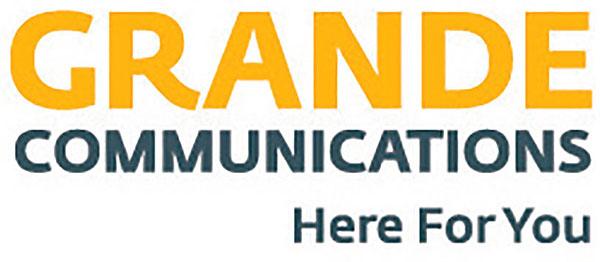Videophiles Need Speed

ISPs ignore the need for speed at their peril. Nine percent of total U.S. broadband homes switched ISPs in 2015, says Parks Associates—and 35 percent of those switched to get faster speeds, about twice the number who switched for lower pricing. Time spent online per day was 2.9 hours last year, versus 2.4 hours in 2010, reports the Leichtman Research Group. The proportion of U.S. homes getting broadband skyrocketed to 81 percent last year versus 26 percent a decade earlier.
To achieve higher speeds, cable operators are moving to next-generation technology. Comcast, the big enchilada, started testing DOCSIS 3.1 late last year in its hometown of Philadelphia, expanding to other parts of Pennsylvania, northern California, and Atlanta. Developed by CableLabs, the R&D arm of the cable industry, the technology supports speeds up to 10 Gbps downstream—note gigabits, not megabits—though initial implementation is half that, and 1 Gbps upstream. DOCSIS 3.1 uses existing networks, upgrading only the cable modem in your home and software for the equipment that serves your neighborhood.
- Log in or register to post comments

























































